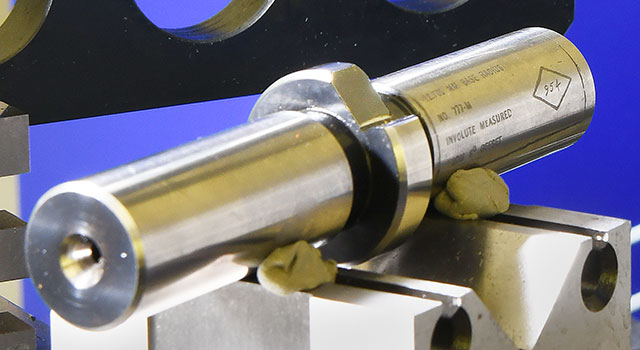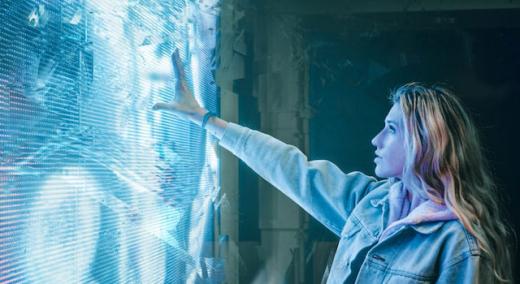As mechanical objects, gears have been around for so long that people generally take them for granted. But gears are sophisticated parts that play a vital role in cars, airplanes, construction and mining equipment, food processing, clock making, and more. Companies are still trying to make them better—specifically, quieter.
|
ADVERTISEMENT |
As electric vehicles become more popular, the auto industry is pushing for gears that have tighter and tighter tolerances—in other words, smaller differences between the maximum and minimum sizes in a batch of gears that are considered acceptable for sale. Gears that fit together better make less noise, transfer power more efficiently, and last longer.

The smaller of the two gear artifacts calibrated at NIST this summer. Credit: NIST
“Those gear noises have always been there in gas cars, but electric cars are so quiet that now you can hear them over the engine,” says Dennis Everett, a mechanical engineer at the National Institute of Standards and Technology (NIST). “Consumers don’t like hearing those noises.”
…

Add new comment